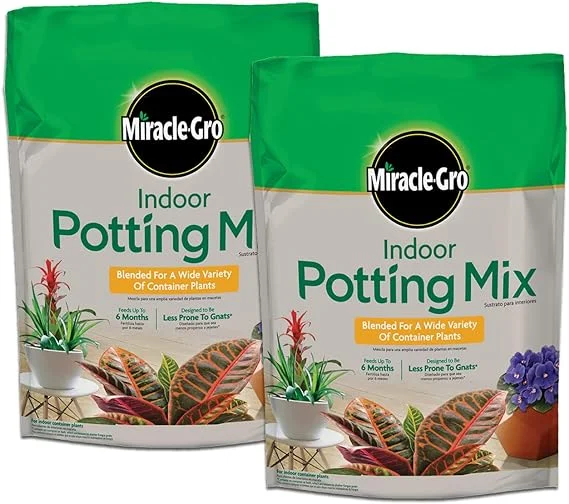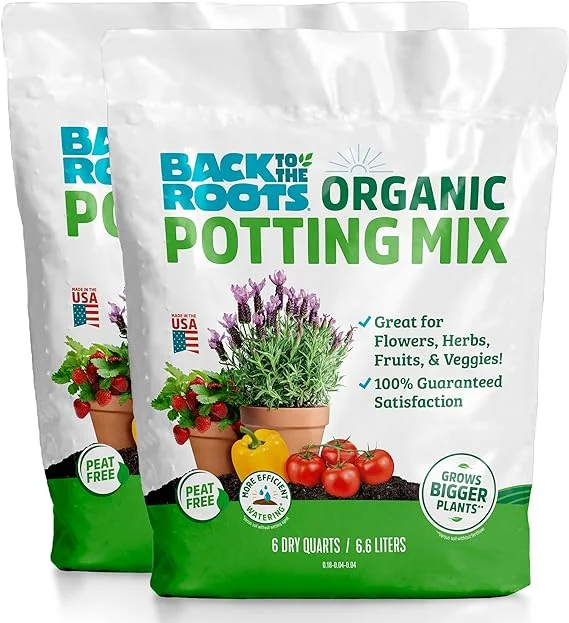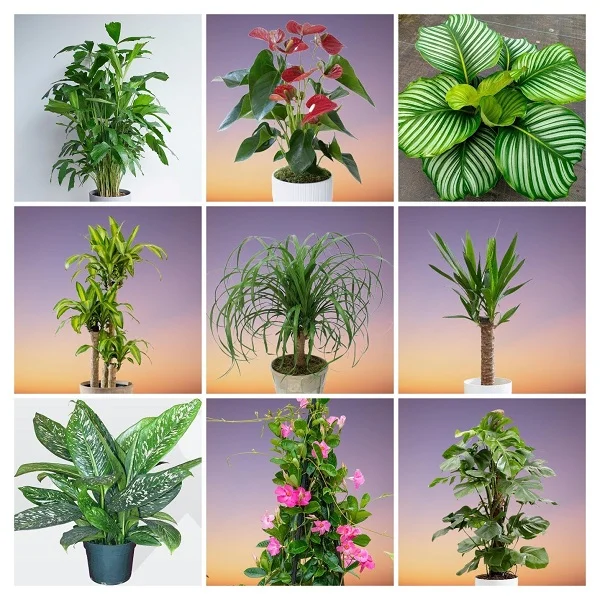Ctenanthe Plant Care Indoors, Propagation, Common Problems and Remedies
Some links in this post may be affiliate links
Ctenanthe flourish in bright indirect light, warm and humid conditions, and consistently moist, rich, well drained soil coupled with monthly feeding in spring and summer.
Ctenanthe Plants are rare, evergreen, perennial plants which are grown as indoors plants for their attractive and often variegated foliage.
The leaves are large, oval-shaped and are marked by strikingly beautiful silver patterns. The undersides are often a beautiful dark-maroon color.

Botanical name: Ctenanthe
Family: Marantaceae
Origin
Ctenanthe spp are native to the topical regions of Central and South America, mainly Brazil.
How big does Ctenanthe get?
Ctenanthe can grow to a height of about 4 feet and a width of about 3 feet. The large, oval-shaped leaves are usually about 1-2 feet long.
Varieties
There are about 15 species in the Ctenanthe genus but only a few can be grown indoors succussfully.
The popular Ctenanthe species for indoors include;
Ctenanthe lubbersiana, (Bamburanta),
Ctenanthe burle-marxii, (Fishbone Prayer Plant),
Ctenanthe amabilis, (Beautiful Ctenanthe),
Ctenanthe oppenheimiana 'Tricolor', (Never Never Plant),
Ctenanthe setosa among others.
Related Plants
Ctenanthe are related to the Calathea, Maranta and Stromanthe. These groups of plants are sometimes commonly called Prayer Plants in reference to their curious characteristic of closing their leaves at night.
Are Ctenanthe poisonous?
No. Ctenanthe Plants like other Marantaceae plants are non-toxic to both humans and pets as indicated by ASPCA. They are safe to grow indoors.
Where to Buy
Are you looking to add this plant to your collection? You may acquire Ctenanthe plants online from Etsy (Link to Etsy).
How to Care for Ctenanthe Plant Indoors
To care for Ctenanthe Plants indoors, provide bright indirect light, warmth of 16-260C, humidity of 60-70% and consistently moist, fertile, well drained potting soil coupled with monthly feeding in spring and summer.
Ctenanthe require pruning to keep it neat, to reduce pest and disease infestations and to rejuvenate growth. Repotting is needed every 2 years when it has become pot-bound. Keep reading for more on these conditions and how to provide them.

Watering
How often do you water Ctenanthe?
Water your Ctenanthe thoroughly in spring and summer while allowing the top 1-2 inches of soil to dry out between waterings. Keep the soil moist but avoid overwatering to prevent rotting, yellowing and drooping leaves.
Decrease watering in fall and winter as growth is minimal at this time to maintain the soil slightly moist. Do not allow the soil to dry out completely to prevent, wilting, drooping and yellowing leaves.
Chlorine and other chemicals dissolved in water will cause browning of leaf edges on Ctenanthe, therefore, water it with water that is chlorine-free like rainwater or filtered water.
Being a tropical plant, water Ctenanthe with room temperature water to avoid cold shock which can result in reduced growth and drooping leaves
Make sure that the pot has a drainage hole and the soil is free-draining to prevent waterlogging which can lead to root-rot and death of the plant. Avoid wetting the foliage during watering; water from the bottom instead to discourage fungal infestation.
Light requirements
Do Ctenanthe need sunlight?
No. Ctenanthe grow best in bright indirect light. Put near a large, brightly-lit window, Keep it away from direct sunlight as it can lead to scorching and yellowish leaves.
Too little light will result in slowed growth and loss of the beautiful leaf variegation. Therefore, use a full spectrum grow light where the natural lighting is not adequate.
Regularly turn the pot to ensure that the plant receives light on all sides for uniform growth and prevent leggy growth.
Temperature & Humidity
Ctenanthe prefer a warmth of 16-260C. Protect the plant from sources of drafts like AC units, heat sources, windy doors and to others to prevents sudden changes in temperatures which can cause stunted growth and droopy leaves.
Ctenanthe Plants thrive in a humidity of 60-70%; too low humidity will result in brown leaf tips and edges. To increase humidity, surround the pot with wet moss, set the pot on a wet pebble tray or use a cool mist humidifier.
Do not mist the leaves and maintain good air circulation to minimize fungal diseases which are more common in stuffy, warm and humid conditions.
Fertilizer
What is the best fertilizer for Ctenanthe?
Fertilize your Ctenanthe with a balanced, water-soluble fertilizer once monthly in spring and summer to boost a lush growth.
Withhold feeding in fall and winter as growth is slowed, therefore, feeding at this time can lead to fertilizer burn (brown-black leaf tips and edges).
Once in a while, flush out accumulated chemicals (salts) from the soil by running a stream of water through the soil. Allow the stream of water to run for some time and repeat the process several times to get rid of most of the salts.
Potting Mix
What is the best kind of soil for Ctenanthe?
The best soil for Ctenanthe should be rich in organic matter and free-draining to prevent it from getting soggy while providing the required nutrients. A blend of 2 parts organic potting mix and 1 part perlite (for drainage) is perfect for this plant.
Repotting
How to repot Ctenanthe?
Repot Ctenanthe every 2 years at the beginning of the growing season (spring to early summer), only when the plant becomes pot bound. Use a pot 1 size larger than the current one.
Ctenanthe Plants do not like to sit in soggy soil, therefore, ensure that the soil is free-draining and the pot has a drainage hole as soggy soil can lead to root-rot.
The large plants can be divided at the time of repotting and the splits used to propagate new plants. Check out these self watering pots on Amazon.
Pruning & Grooming
How to prune Ctenanthe Plant?
Pruning Ctenanthe Plant entails removal of dead and yellow foliage to maintain the plant neat and also minimize pests and disease infestations.
Cutback the stems at the beginning of the growing season (spring to early summer) to rejuvenate growth and encourage a bushy, compact growth.
Clean the leaves by damp-wiping with a soft cloth to get rid of dust neat as well as discourage pests and diseases.
Ctenanthe Propagation
How to propagate Ctenanthe?
Ctenanthe is propagated by plant division at the beginning of the growing season (spring to early summer) when in active growth for faster establishment.
How to propagate Ctenanthe by plant division
- Water the plant thoroughly at least 1 day before to make it easier to divide and also hasten establishment; a well hydrated plant suffers less shock and takes a shorter time to take root.
- Take out the plant from its pot and divide it into several sections. Ensure each sections has adequate roots and at least 2-3 stems.
- Select a 6 or 8 inches pot and ensure that the pot has a drainage hole to prevent the soil from getting soggy as it can lead to rotting.
- Fill the pot with well-draining potting medium and make a hole in the center of the pot. Ensure that the hole is slightly wider than the root base of the section.
- Place the section in the previously made hole and lightly firm the soil around the base while taking care not to bury it too deep; maintain the section at the same soil level it was in the previous pot.
- Liberally water the soil until water comes out through the drainage holes.
- Cover the pots with clear polythene to create a greenhouse effect and maintain warm humid conditions which hasten establishment of the plants.
- Place the pots in a warm, well-lit place away from direct sunlight until new growth has emerged on the sections.
- Gradually remove the polythene over a period of two weeks to acclimatize the new plants.
- Maintain the soil moist until the new plant are well established after which you can begin routine care.

Ctenanthe Problems & Solutions
Ctenanthe Plants common problems are brown leaves, yellow leaves, brown leaf tips & edges, pests and diseases among others. Keep reading for more on these problems and how to solve them.
Brown leaves
Some of the causes of brown leaves on Ctenanthe are hot sunlight, underwatering, extreme temperatures, and fertilizer burn.
How to fix it
Hot sunlight: Keep the plant away from direct sunshine or filter the light with a sheer curtain.
Underwatering: Do not water on a schedule. Water when the top 1-2 inches of soil feels dry to touch.
Extreme temperatures: Keep the plant away from sources of drafts like windy doors, heat sources, AC units, hot air vents among others.
Salts buildup: Avoid too much fertilizer and do not feed in fall and winter. Leach out excess chemicals from the soil.
Yellow leaves
Some of the causes of yellow leaves on Ctenanthe are too little light, soggy soil, inconsistent watering, drafts, nutrients deficiency or aging.
How to fix it
Too little light: Position the plant in bright indirect light or use a grow light if you do not have adequate light in your home.
Soggy soil: Use well-draining soil and a pot with a drainage hole.
Inconsistent watering: Water when the top 1-2 inches of soil feel dry to the touch but do not allow the soil to dry out completely.
Drafts: Keep the plant away from sources of drafts like hot air vents, AC units, hot surfaces, windy doors among others.
Nutrients deficiency: Feed the plant every 4 weeks in spring and summer with a balanced, water-soluble fertilizer.
Aging: This is a natural process. As the lower leaves mature, they turn yellow, brown and eventually die.
Brown leaf tips & edges
Brown leaf tips and edges on Ctenanthe are caused by dry air, salts buildup and underwatering.
How to fix it
Dry air: To raise humidity, set the pot on a wet pebble tray, use a cool mist humidifier or group the plants together. You may also grow the plant in a closed terrarium where a high humidity can be maintained.
Salts buildup: Leach out accumulated salts by running a stream of water through the soil until it drains through the drainage hole.
Underwatering: Water when the top 2-3 inches of soil dry out but do not let the soil dry out completely.
Pests
Common pests on Ctenanthe are mealybugs, aphids, scale insects and spider mites which are prevalent in dry, hot conditions.
How to fix it
- Isolate the affected plant to prevent spread to the rest of the plants
- Treat the plant with a horticultural oil as per the manufacturer's recommendations.
- Regularly check underneath and between the leaves for these pests and carry out timely control measures.
- Maintain the plant well pruned and elevate humidity to minimize the pest infestations.
Diseases
Ctenanthe is prone to leaf spot disease due to the humid conditions in which it grows. It is characterized by brown, moist spots on the foliage. In a serious attack the spots can enlarge and merge, killing the whole leaf.
How to fix it
- Isolate the affected plant to minimize spread to the other plants.
- Treat the affected plant with neem oil or an insecticidal soap as per the manufacturers' instructions.
- Maintain free air flow to discourage the diseases.
- Water from the bottom to avoid wetting the leaves.
- Always allow the soil to dry out between waterings.
- Use a pot with a drainage hole and fast-draining soil to prevent waterlogging.
You liked it? Share on social media.
Related Content
Amazon Associates Disclosure
Homeplantsguide.com is a participant in the Amazon Services LLC Associates Program, an affiliate advertising program designed to provide a means for sites to earn advertising fees by advertising and linking to amazon.com.





